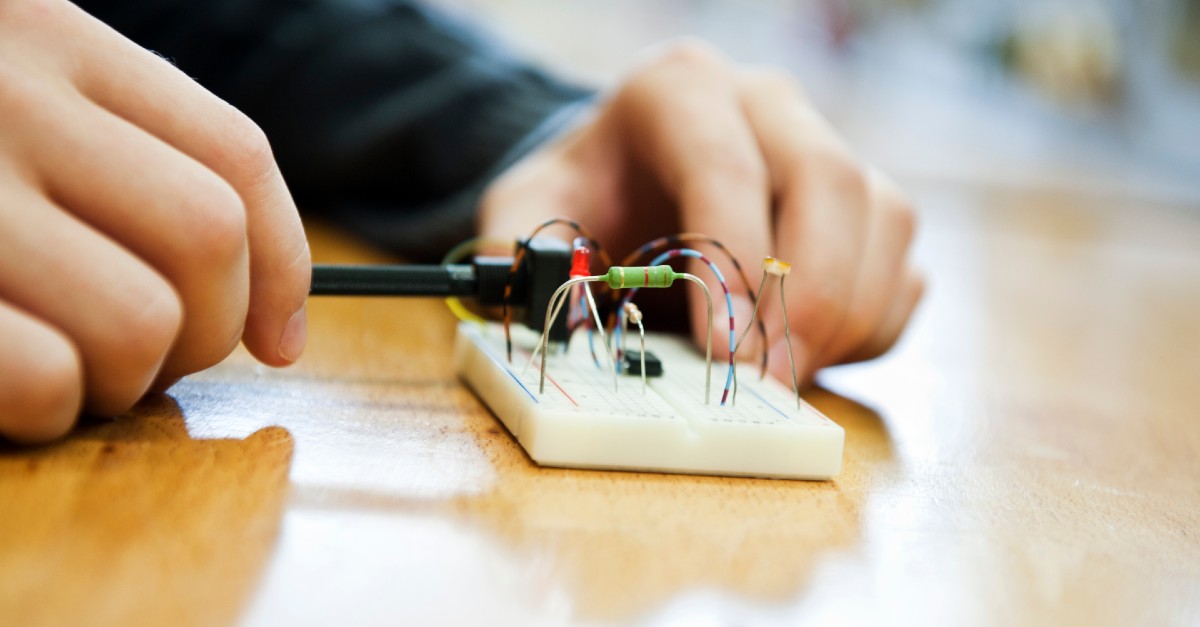The other week I was visiting with my sister when she casually mentioned that she was going to try homeschooling this year. This wasn’t a total surprise. Like many parents, my sister was worried about the current state of education under COVID-19. She didn’t want to risk her children’s health by sending them into a crowded classroom, and my squirrely nephews are not the type to sit still for a remote lesson. So, with no other alternative, she’d chosen to homeschool.
Unfortunately, this choice came with its own set of challenges. My sister is not an educator and didn’t know where to begin in terms of lessons. Supplies and learning materials are always changing. Not to mention that learning to teach is a lot like learning to swim; jumping straight into the deep end will likely leaving you spluttering and desperately treading water. Yet, given the continued presence of COVID-19, this is where many families are finding themselves.
Teachers Helping Teachers
Over the summer, we talked a lot about how vital it is for teachers to help one another in the year ahead. I believe this principle extends to homeschooling parents as well. Like any new educator, parents weren’t trained for teaching in a pandemic. They are just as stressed and uncertain of what to do as the rest of us. It will take time (and help) for them to find their feet in the world of learning.
So, how can we help? Well, we may not be able to break down years of experience and instruction into a few easy steps, but we can point new teachers in the right direction. By taking advantage of certain tools and strategies, parents can help their children grow into curious, creative students with a passion for learning. After all, a classroom can be any place where inquiry thrives. So, if you happen to know any homeschooling parents in need of assistance, consider sharing the following ideas.
Tips and Tricks
- Project-Based Learning: Project-based learning is an excellent way to cultivate a love of education in any student. The lessons engage them cognitively, emotionally, and physically while also encouraging students to consider real-world problems. For homeschooling parents, PBL units like Prevent the Spread or Moments to Remember provide comprehensive, hands-on lessons which will keep kids invested and asking important questions.
- Motivation: Encourage them to discover their child’s Drive Language. As VAI’s Ben Talsma has noted, humans are motivated by four fundamental drives: Relatedness, Autonomy, Mastery, and Purpose. By discovering which one is most present in their child, parents can tap into their natural energy and channel it into learning.
- Books: When all else fails, look for a good book! Reading not only strengthens a child’s language and vocabulary, it can also be used to cultivate their social-emotional growth. So many children are still processing the stress of the current pandemic. Giving them a good book can help them organize their thoughts, understand their emotions, and discover healthy ways of expressing themselves.
- Environment: Sometimes the issue isn’t the content, but the environment. It can be difficult for kids to sit and study in a place they have always called home. There are too many distractions, too many familiar amusements to keep their attention. In that case, it might be worth taking a trip outdoors. Bring students to a nature trail and have them explore the habitat. Have them brainstorm questions and write them down in a journal for later. At the end of the day, reflect with them on their thoughts and observations.
All Together Now
Whether you’re teaching in a classroom or teaching your own kids at the kitchen table, a teacher is a teacher. The best way of getting through this challenging season is by working together, sharing our burdens, and learning from our mistakes. So, if you happen to know a parent who is homeschooling this year, don’t hesitate to give them a helping hand. We all have a lot to learn, let’s be sure we do it together!

